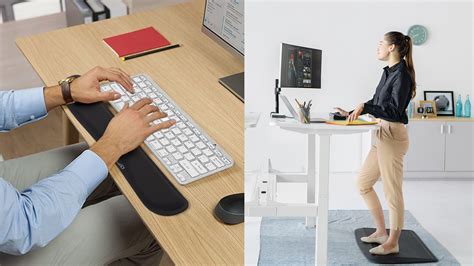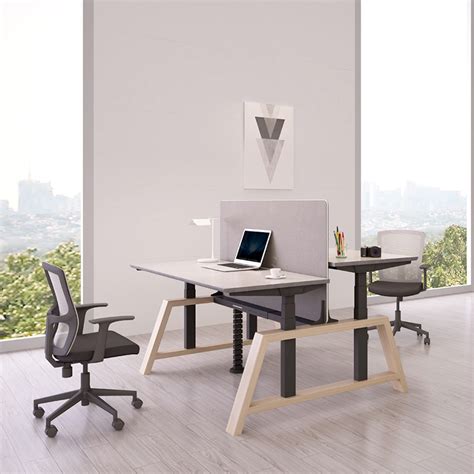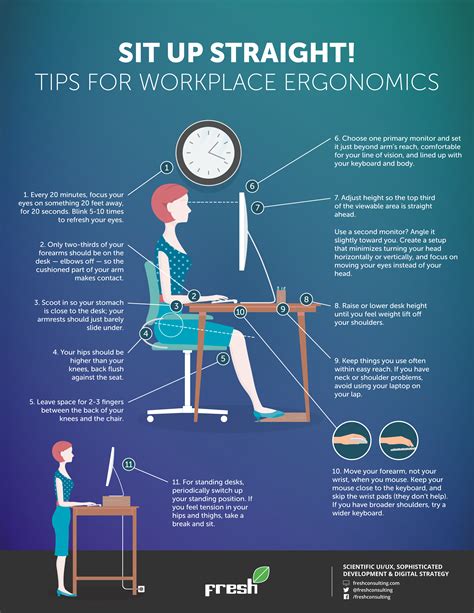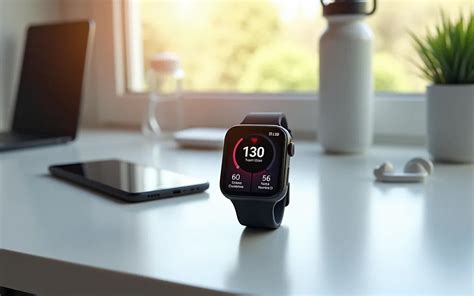The Rise of Remote Work and Its Ergonomic Challenges
Working from home has become the new normal for many, offering flexibility but also introducing new ergonomic challenges. Long hours spent hunched over a laptop or in an ill-suited chair can lead to a host of physical ailments, from nagging back pain and stiff necks to carpal tunnel syndrome. While ergonomics is universal, men often have specific considerations regarding body proportions, strength, and common pain points that can be addressed with the right gear.
Ignoring these signs can lead to chronic pain, reduced productivity, and a diminished quality of life. The good news is that preventing these issues is entirely possible with a thoughtful approach to your home office setup. Investing in essential ergonomic gear isn’t just about comfort; it’s about safeguarding your long-term health and enhancing your professional performance.

The Foundation: An Ergonomic Office Chair
Why it matters
Perhaps the single most critical piece of ergonomic equipment is a high-quality office chair. For men, who may have broader shoulders, longer torsos, or different weight distribution, finding a chair that provides adequate support is paramount. A good ergonomic chair is designed to support the natural curve of your spine, promote proper posture, and distribute your weight evenly, reducing pressure points.
Key features to look for:
- Adjustable Lumbar Support: Crucial for maintaining the natural inward curve of your lower back.
- Seat Depth and Height Adjustment: Ensures your feet are flat on the floor (or a footrest) and your knees are at a 90-degree angle, with a few inches between the back of your knees and the seat edge.
- Armrests: Adjustable armrests allow your forearms to rest comfortably, reducing strain on your shoulders and neck.
- Breathable Material: Prevents heat buildup during long work sessions.
- Robust Construction: A sturdy base and high weight capacity are often important for men.
Dynamic Work: The Adjustable Standing Desk
Benefits beyond sitting
While an ergonomic chair is vital for sitting, prolonged sitting itself is a risk factor for various health issues. An adjustable standing desk allows you to seamlessly switch between sitting and standing throughout the day, combating the ill effects of a sedentary lifestyle. This dynamic approach improves circulation, reduces pressure on your spine, and can even boost energy levels and focus.
Considerations for choosing one:
- Height Range: Ensure it can go low enough for comfortable sitting and high enough for comfortable standing, especially if you’re taller.
- Stability: A wobbly desk can be annoying and counterproductive. Look for a robust frame.
- Electric vs. Manual: Electric desks offer effortless height adjustments with the push of a button, often with memory presets, which is a significant convenience.

Precision Tools: Ergonomic Keyboard and Mouse
Protecting wrists and hands
Your hands and wrists are constantly engaged during computer work, making them susceptible to repetitive strain injuries (RSIs) like carpal tunnel syndrome. Ergonomic keyboards and mice are specifically designed to keep your hands, wrists, and forearms in a more natural, neutral position, reducing tension and preventing pain.
- Ergonomic Keyboards: Options include split keyboards that separate the keys into two sections, tented keyboards that raise the middle, and compact designs. These reduce ulnar deviation (bending your wrists sideways) and pronation.
- Ergonomic Mice: Vertical mice allow for a handshake grip, keeping your forearm in a natural position. Trackball mice or roller mice minimize wrist movement. Experiment to find what feels best for your hand size and comfort.

Optimal Viewing: Monitor Arms and Stands
Eye and neck strain relief
The position of your monitor significantly impacts your head and neck posture. If your monitor is too low, you’ll find yourself hunching forward, leading to neck and upper back pain. A monitor arm or stand allows you to raise and position your screen precisely at eye level, ensuring your neck remains in a neutral, relaxed position.
Advantages:
- Proper Height and Distance: Your eyes should be level with the top third of your screen, and the screen should be an arm’s length away.
- Flexibility: Easily adjust tilt, swivel, and rotation to reduce glare and find the most comfortable viewing angle.
- Space-Saving: Frees up valuable desk space, especially useful in smaller home office setups.

The Often-Overlooked: Footrests and Accessories
While seemingly minor, a good footrest can make a significant difference in your overall ergonomic setup. It ensures your feet are flat and supported, helping maintain the correct 90-degree angle at your knees and reducing pressure on your lower back and thighs, especially for shorter individuals or those with desks that don’t allow their feet to rest flat.
Other essential accessories include:
- Anti-Fatigue Mat: Crucial for standing desks, these mats encourage subtle movement and provide cushioning, reducing fatigue in your feet and legs.
- Proper Lighting: Good desk lighting reduces eye strain and improves focus. Avoid overhead glare.
- Cable Management: Keeps your workspace tidy, preventing tripping hazards and making adjustments easier.

Beyond Gear: Good Habits for Pain Prevention
Even with the best ergonomic gear, good habits are indispensable. Remember to take regular breaks, stand up and stretch every 30-60 minutes, and consciously check your posture throughout the day. Hydration and a balanced diet also play a role in overall well-being and pain prevention.
Conclusion
Setting up an ergonomic home office is a proactive step towards a healthier, more comfortable, and more productive work-from-home experience. By investing in an ergonomic chair, an adjustable standing desk, precision input devices, and mindful accessories, men can effectively prevent common aches and pains, ensuring their focus remains on their work, not on their discomfort. Your health is your most valuable asset; make your workspace work for it.




